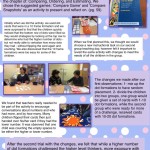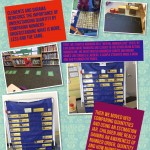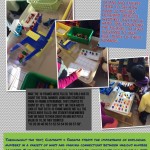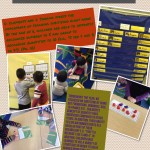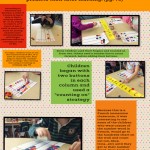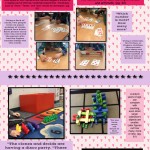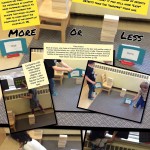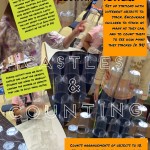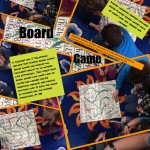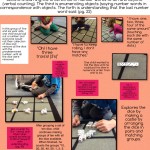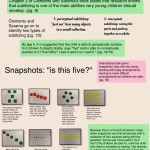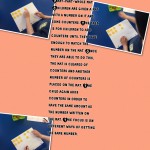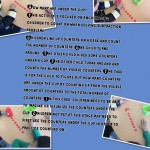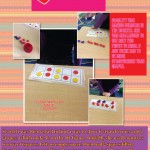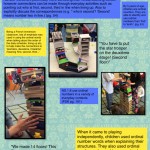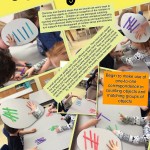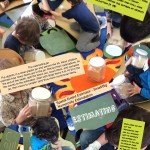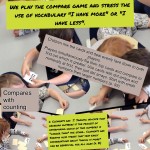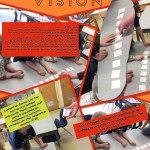We read the book Learning and Teaching Early Math: The Learning Trajectories Approach, 2nd Edition by Douglas H. Clements and Julie Sarama. Our goal was to further understand early childhood mathematical development and to find the correlations between the learning trajectories and our FDK programme document. We implemented strategies found in the text by means of an inquiry, play-based stance. We co-taught lessons and held professional discussion groups on the text throughout the year. We made our students learning visible by creating pedagogical documentation based on the learnings in our classrooms.
Team Members
Andrea Diakun
Toronto District School Board
Angela De Francesca
Toronto District School Board
Karen Bunting
Toronto District School Board
Karen Swan
Toronto District School Board
Professional Learning Goals
- deepened our understanding of mathematical concepts in the early years and how children develop mathematical understandings
- created connections between current research and the FDK programme document
- added to our repertoire of rich problem-solving and developmentally appropriate activities and inquiries
- participated in critical friends professional discussions
- participated in co-teaching and planning sessions
- collaborated with fellow colleagues
- strengthened our understanding and proficiencies at creating pedagogical documentation as a mean to track, monitor and represent student learning
- found ways to incorporate technology (iPad) into the classroom and our teaching
Activities and Resources
- completed in-depth reading and professional discussions of Learning and Teaching Early Math: The Learning Trajectories Approach, 2nd Edition by Douglas H. Clements and Julie Sarama
- attended board workshops and studies on counting principles
- implemented trajectories and activities from Clements and Sarama into each classroom based on student needs and interests
- co-planned and taught a lesson from Clements and Sarama
- read chapters in Visible Learners: Promoting Reggio-Inspired Approaches in All Schools by Mara Krechevsky et. al. to provide support in pedagogical documentation
- used iPads in the classroom to document student learning with photographs and videos, as well as created documentation with the PicCollage app
- conducted critical friends discussions based on text and classroom teachings
Unexpected Challenges
- other on-going projects group members were involved in encouraged us to make connections between this project to those such as including the counting principles
- creating the documentation and how to organize student learning was difficult as each group met was at a different stage of comfort and expertise with documentation
- overcoming language barriers with ELL learners and the French Immersion classroom
Enhancing Student Learning and Development
- students gained a deeper understanding of number sense
- students became more able to verbalize their knowledge and to make mathematical connections
- students increased comfort in problem-solving
- students’ learning followed a developmentally appropriate continuum
- students were able to explore concepts in a multitude of ways that allowed all children to learn and develop
- students were involved in the reflection of their own learning by being participants in the documentation
- students gained a stronger mathematical foundation
- students became better able to see math in our everyday lives
Sharing
- presentations at staff and division meetings
- some group members are lead teachers/coaches and shared the group’s learnings/progress with other teachers and ECEs
- participation in board and province online discussion forums for FDK teachers/ECEs
Project Evaluation
We found the learning trajectories a great approach to teaching math in FDK. It allowed us to understand early childhood mathematical development and provided us with engaging activities to incorporate into the classroom. We particularly found it interesting that Clements and Sarama suggest starting your math focus with subitizing. Initially, we thought that it would be too much when some children do not have 1:1 correspondence yet. We quickly learned that a focus in subitizing supports learning with all counting principles. We began our project in November by reading through the book and discussing each chapter in relation to our class. We then implemented ideas from the first six chapters over the course of six months. Compared to past years, we all feel that our students’ understanding of math is deeper. In addition, we further understand how children learn math and the developmental steps children take to learn math.
Resources Used
Clements, Douglas H. and Sarama, Julie. (2014). Learning and Teaching Early Math, The Learning Trajectories Approach, 2nd Edition. New York: Routledge.
Ontario Ministry of Education. (2010-11). The Full-Day Early Learning – Kindergarten Program Draft Version. Ontario Ministry of Education.
https://www.edu.gov.on.ca/eng/curriculum/elementary/kindergarten_english_june3.pdf
Krechevsky, Mara et al. (2013). Visible Learners: Promoting Reggio-Inspired Approaches in All Schools. San Francisco: Jossey-Bass.
Ontario Ministry of Education. (2003). A Guide to Effective Instruction Kindergarten to Grade 3: Number Sense & Numeration. Ministry of Education.
http://www.eworkshop.on.ca/edu/resources/guides/Guide_Math_K_3_NSN.pdf
PicCollage app to create documentation on iPads
Resources Created
These resources will open in your browser in a new tab, or be downloaded to your computer.


